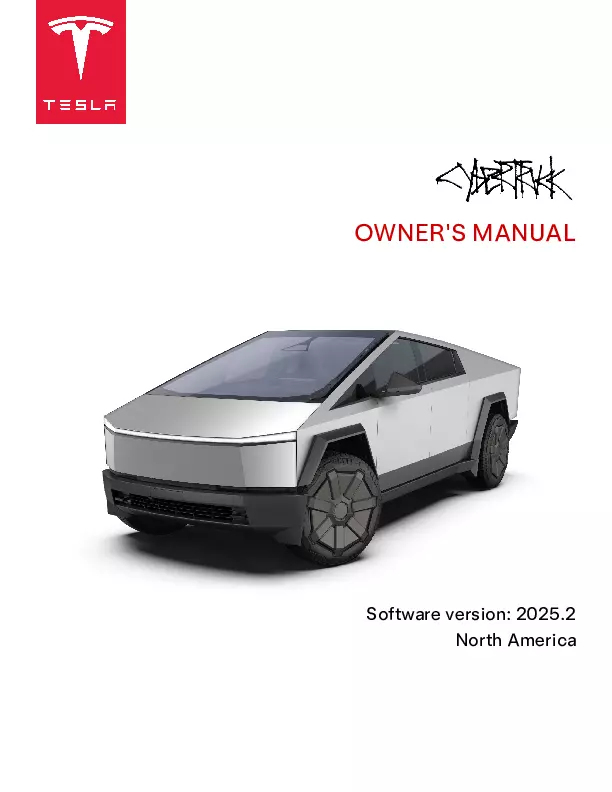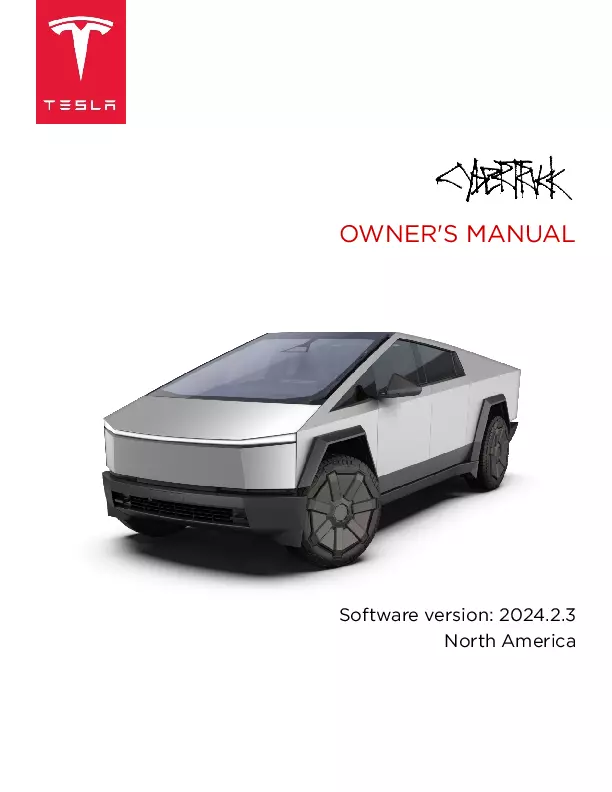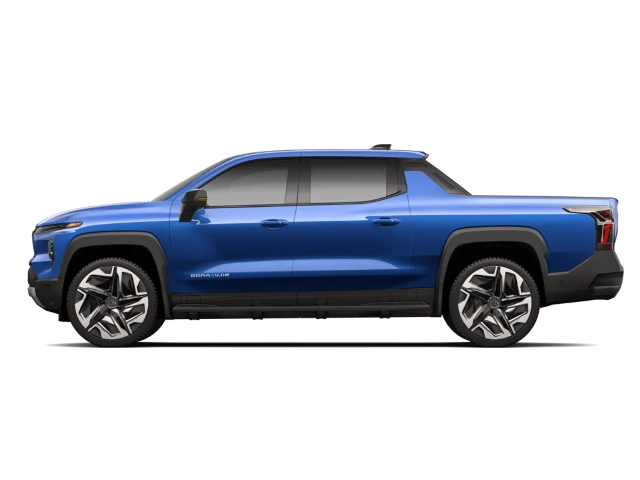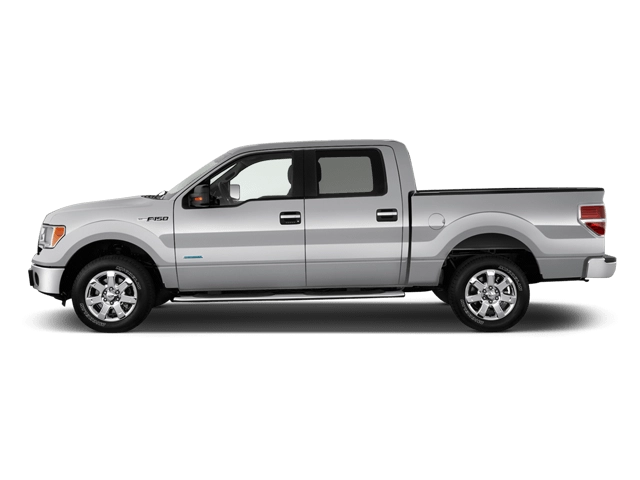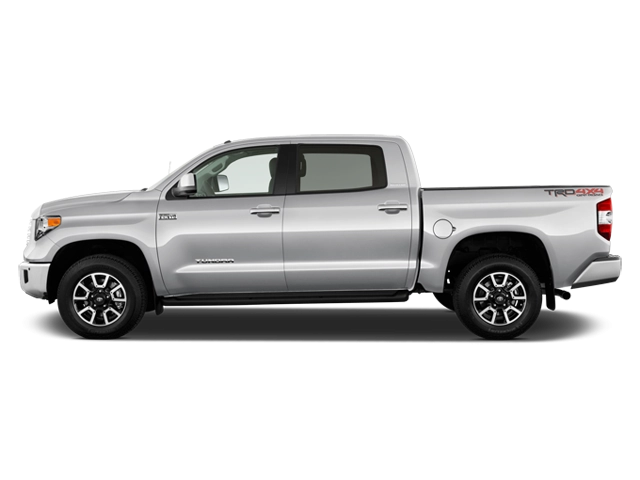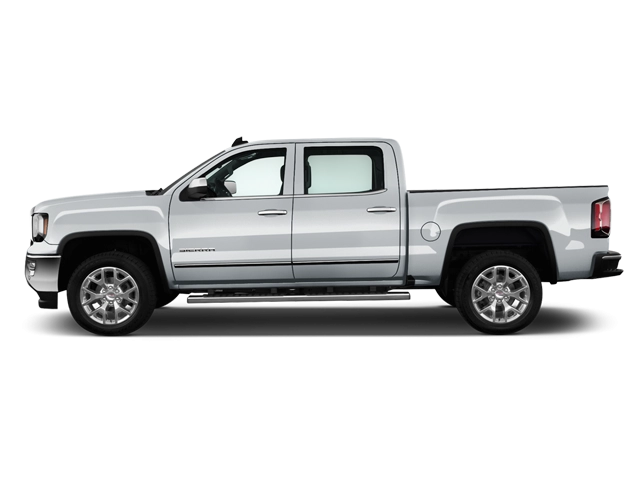Tesla Cybertruck owners manuals
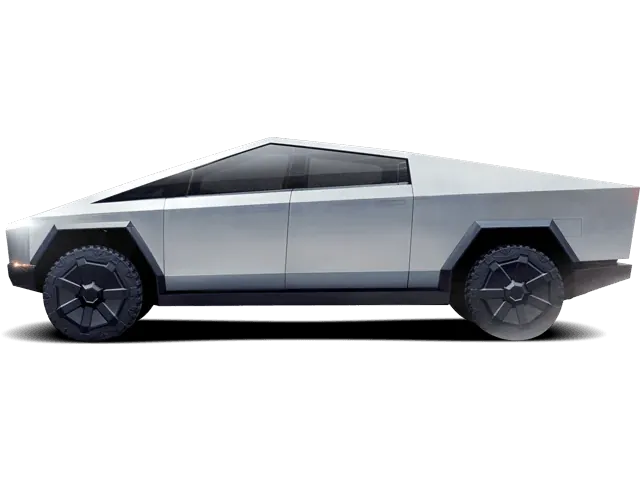
Tesla Cybertruck specs
Owner Manual
The Tesla Cybertruck owner manual is a crucial document that all owners need to have since it contains important details on how to operate it, features, and safety. This user manual deals with all aspects of the startup of a car and advanced technology features. The manual guides the users on the usage of software interface of Tesla, the handling of on-screen buttons, the climate system, the use of Autopilot, and the various settings to have a personalized driving experience. It also contains important safety information, like what to do in case of an emergency and what actions are to be taken in case of a malfunction.
Model Overview
The Tesla Cybertruck is a groundbreaking product in the field of electric vehicle, combining utility with a futuristic style. It will be constructed with a strong exoskeleton composed of ultra-hard 30X cold-rolled stainless steel, which will also ensure greater durability and prevent damage. The Cybertruck is designed with angular and unconventional look and is meant to be both stylish and practical, able to carry heavy loads and up to six passengers. The car has realistic interiors, customizable cargo and a high-tech innovation, all of which represent a new dawn in the truck functions and sustainability.
Trims
The Cybertruck is available in three different trims which include: the single motor rear drive, the two motor all drive, and the three motor all drive. The various trims have different performance levels depending on diverse requirements. The simplest one is the Single Motor RWD which is suitable in case of light use and has a range of up to 250 miles. The Dual Motor AWD massively enhances the performance with dual motors to give it more traction and a maximum range of approximately 300 miles. The Tri Motor AWD is the high end model with a range of 500 plus miles and the quickest acceleration which is comparable to sportscars. This diversity enables the drivers to select the trim that best suits them in line with their lifestyle.
Known Problems
The Tesla Cybertruck, despite the innovative design is not that free of problems. Certain initial purchasers have complained about the quality of paint, as well as body panel fit. Also, like many other new cars, software glitches can occur periodically. Users have also complained about the central touchscreen going dead or unresponsive in navigation features. Although these issues can be annoying, Tesla is constantly responding to comments by updating software and maintenance via over-the-air. It is better to monitor forums and owner discussions in order to have current fixes and solutions.
Maintenance Tips
Tesla Cybertruck is not the same to maintain as the ones that use gas. Software updates are important in ensuring high performance and availability of features. One should also become conversant with the battery care manual in order to make sure that the charging practices do not shorten the battery life. Similar to any other electric vehicle, it is necessary to maintain the brake pads, tires and fluid levels, but they tend to need to be less checked than internal combustion engines. Also, test the headlights and taillights every now and then because their design is specialty and cannot be noticed by just looking at them. These tips will help to increase the life and performance of your Cybertruck.
FAQs
Q: How do I charge my Cybertruck?
A: The Cybertruck can be charged at home using a Tesla Wall Connector or the one provided with your vehicle. You can also utilize Tesla's Supercharger stations for more rapid charging while on the road.
Q: What is the towing capacity of the Cybertruck?
A: The towing capacity varies by trim. The Tri Motor AWD can handle up to 14,000 pounds, making it one of the strongest electric trucks available.
Q: What safety features does the Cybertruck offer?
A: The Cybertruck includes advanced safety features such as collision avoidance, automatic emergency braking, and an extensive airbag system. It is designed for passenger safety and is built to exceed current safety standards.
Tesla Cybertruck PDF owner manual
Tesla Cybertruck competitors
Tesla Cybertruck Manual Questions
Fill the form below and someone will help you!
